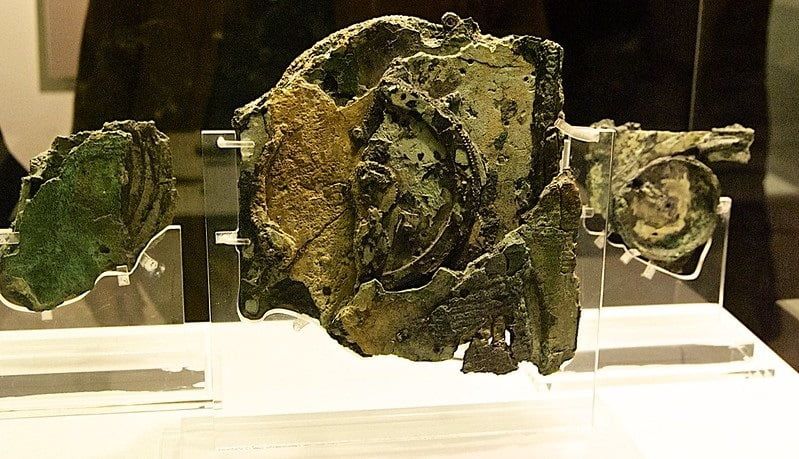Day today, we are finding new and amazing things about our human bodies. This time a group of neuroscientists in the university college of London found a new brain circuit in the ventral lateral geniculate nucleus (vLGN) that had a major impact on our reaction towards the emotion of fear.
The Impact Of The Ventral Lateral Geniculate Nucleus(vLGN)
According to the journal named Neuron that was published by the neuroscientistsin UCL, the brain circuit that is in the ventral lateral geniculate nucleus(vLGN) would completely abolish the escape mechanism to the threats that we come across too.
For example: whenever a lizard or a spider falls on our body most people run off without even looking at the fallen object, these occurring is mainly due to the brain circuit.
Also Read – What Does Western Coast University Provide That The Eastern Doesn’t?
How Did The Neuroscientist Conduct And Finalize Their Statement?
The group of neuroscientists led by Professor Sonja Hofer at the university college of London followed the already established studies and theories for the brain’s mechanism. They found that vLGN is responsible for the way animals react to their external surroundings. For instance, if you were a person who has already witnessed firecracker shows, you won’t be afraid of it, and you can understand how to watch it in keeping yourself safe, but at the same time, if you were in a war zone, all you would think of is seeking an escape route.
With this, the neuroscientists found that this brain circuit is like a barrier for keeping ourselves in control. When the activity of this ventral lateral geniculate nucleus(vLGN) is high, we fight or stand up against the threats, but when the activity of the ventral lateral geniculate nucleus(vLGN) is low, we find ways to escape from that situation.
Alex Fritzi, a Ph.D. student in the Hofer lab and the first author of this journal named Neuron stated that “this neuron, ventral lateral geniculate nucleus(vLGN) is the inhibitory gate that sets a threshold for the sensitivity to a potentially threatening stimulus depending upon the animal’s knowledge.”
They also identified another brain region while looking for other brain regions that are used for this defensive behavior. The superior colliculus in the mid-brain that interacts with the ventral lateral geniculate nucleus(vLGN) for getting the inhibitory control for defensive reactions.
Also Read – Best Inventions In History That Have Changed The World
The Importance Of This Study
This study done by the neuroscientists of the University College of London could help in finding clinical implications for the treatment of PTSD and other anxiety-related disorders in the future.
For more related posts, visit Discover.












